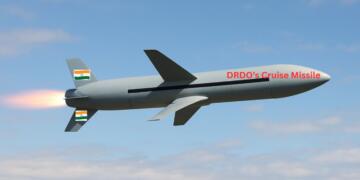India is making big strides in developing its own hypersonic glide missile, according to the country’s top defence scientist. Dr. Samir V. Kamat, head of the Defence Research and Development Organisation (DRDO), says the project is in an “advanced stage” and is moving steadily toward completion.
What Is a Hypersonic Glide Missile?
A hypersonic glide missile travels at speeds faster than five times the speed of sound (Mach 5+). It is designed to glide through the upper atmosphere at extremely high speeds and can change direction mid-flight, making it hard to track or stop with traditional missile defense systems.
Key Updates on India’s Hypersonic Program:
Advanced Development: Dr. Kamat confirmed to NDTV that India’s hypersonic glide missile has moved beyond early tests and is now in the final stages of development.
High-Speed Capability: The missile is expected to cover over 1,500 kilometers at hypersonic speed, making it one of India’s most advanced long-range weapons.
Successful Tests: Recent trials have tested important technologies like heat protection, maneuvering systems, and navigation. The DRDO has also achieved long-duration tests of scramjet engines—used for hypersonic propulsion—for up to two minutes.
Deployment Timeline: If progress continues as planned, India could have the hypersonic glide missile ready for use by the military in the next 3–4 years.
Another Project in Progress: India is also working on a hypersonic cruise missile, which uses an air-breathing scramjet engine throughout its flight. However, this system is more complex and is not expected to be ready until around 2030–31.
Why This Matters
Once deployed, India will join a select group of countries with operational hypersonic weapons, alongside nations like the U.S., Russia, and China. These weapons offer a major edge in modern warfare due to their speed, range, and ability to evade defense systems.































